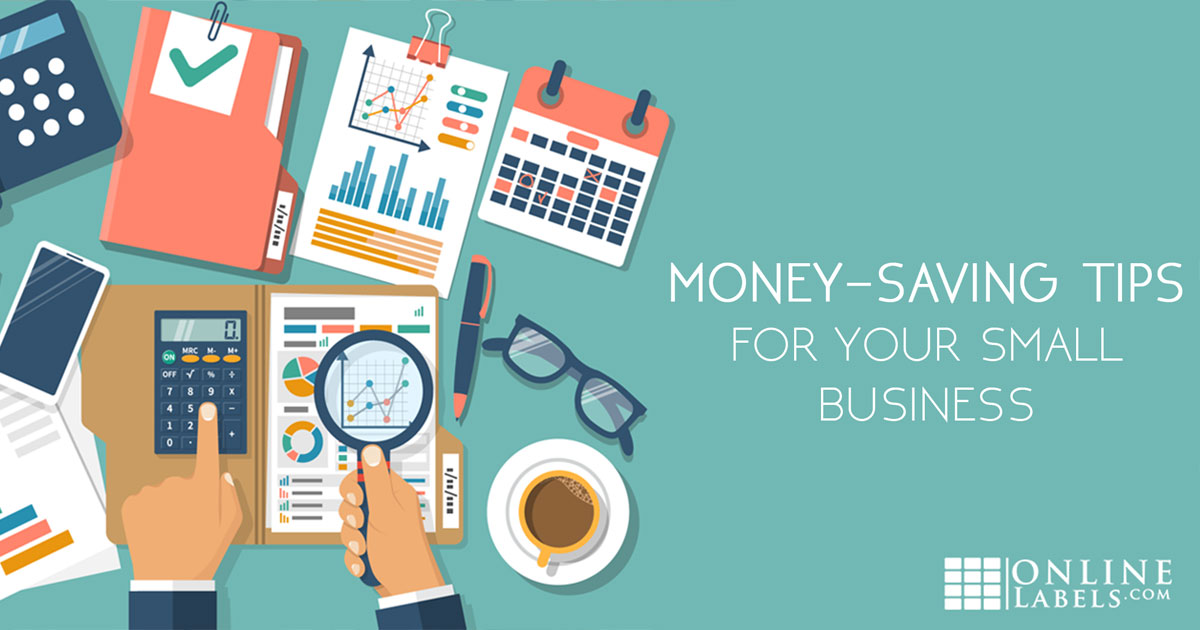7 Guaranteed Ways Your Small Business Can Cut Costs

As a small business owner in a tough economy, you may be looking for ways to improve your bottom line. While your first instinct may be to work harder to increase sales, that's only half the battle. Identifying ways you can cut costs on the backend may be easier to achieve and more helpful. We've compiled a list of things you should consider and quick solutions to trim down your business expenses.
Know Your Financial Position
Knowing the state of your business' financial affairs is the first step in cutting costs. Analysing your financial position will give you a better perspective of where your company's money is actually going. This puts you in a position to make decisions for the present and the future with confidence. Use the data to evaluate what expenses you can cut, which products or services are the most expensive to operate, or what is giving you the largest ROI.
Barter with Vendors
It may be cheaper for both parties to swap services instead of currency, creating an in-kind partnership. There are bartering networks online that can help you get started. The UK, for instance, has a variety of barter networks including Bartercard, SwapRight, and Barter Network. See if your area has something similar, or look into starting one.
Negotiate Lower Rates with Vendors
Shop around for lower rates on everything. Many businesses will offer to beat a competitor's price. If you don't want to change vendors, instead use your loyalty to your advantage. Negotiate a lower rate with your steady stream of business as leverage. Signing a contract to guarantee a vendor consistent sales is another technique you can employ to lock in lower rates.
Go Cloud Storage
Going green isn't just beneficial for the environment – it can have a noticeable effect on your finances. Companies that go paperless (saving business documentation virtually) save time and money. They cut the monthly cost of paper and toner/ink while eliminating the need for filing folders, recycling services, and time to organise said files. While there's likely a fee associated with cloud storage, it is a low-cost alternative. This is especially true for businesses paying for backup servers or other digital emergency services.
Open a Business Credit Card
The type of credit card you get should offer a great credit line. These days, 0% APR is not an oddity. Have a look at your rate and compare it to other offerings. Ask around, too. Knowing what other companies do can help you negotiate lower interest rates. And just as you would with your personal credit card, pay attention to the perks. Select one that offers cash back deals or other rewards your business can benefit from. Learn more about business credit cards before you sign up for one.
Purchase in Bulk
The unit cost of products and services often drops when you buy in higher quantities or for longer durations of time. Not sure if this is right for your business? Pull your purchase orders or run through your cheque book for the last 6-to-12 months. Identify your purchasing patterns and figure out if you can catch a financial break from buying in bulk.
Take Advantage of Social Media
Create business pages on applicable social media website. Happy clients or customers will willingly like your page, leave comments and feedback, and share it with their friends. It's free to create, all it takes is time. For a small investment, you can also use these platforms to advertise.
Looking into your business' spending can be an eye-opening process, showing you a world of money-saving possibilities. Using these tips, you'll be able to trim down your expenses in no time. For other ways to increase the efficiency of your business, check out our Label Learning Centre.
Nancy Whiteley is based in Chicago where she has been working on developing her own small business as a freelance writer. Her professional background in media includes time spent in corporate internal communications, newspapers and tv stations.


